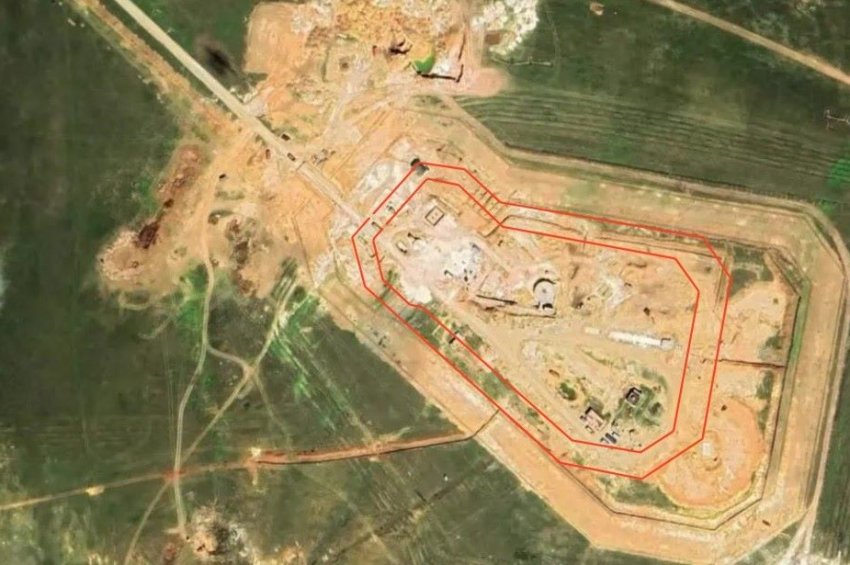Massive document leak exposes Russia’s giant nuclear modernization effort
More than 2 million documents discovered in a publicly accessible database reveal extensive details about Russia’s ongoing expansion and modernization of its nuclear weapons complex, according to a joint investigation by Danish outlet Danwatch and Germany’s Der Spiegel, published Wednesday.
Among the documents are detailed blueprints of Strategic Missile Forces bases near Yasny, a town in Russia’s Orenburg region. These bases supposedly house the Avangard hypersonic glide vehicle, one of Russia’s most sophisticated nuclear delivery systems.
More to read:
[video] How many nuclear warheads does Putin actually have?
“Until now, we have only been able to monitor these bases from above using satellite imagery,” Hans M. Kristensen, director of the Nuclear Information Project at the Federation of American Scientists, told journalists. “Now, with the help of these unique drawings, we can now for the first time get inside the buildings and all the way underground. It’s completely unprecedented.”
The investigation reveals that, over the past decade, numerous nuclear facilities were demolished and rebuilt with upgraded infrastructure. These developments include hundreds of new barracks, control centers, surveillance towers, and underground tunnels linking base structures.
Leaked materials encompass construction blueprints, security system schematics, and interior signage details.
More to read:
A new blueprint calls for establishing a nuclear-armed European Defense Force – an alternative NATO
Additional information covers internal power grids, IT frameworks, alarm setups, sensor locations, and structural reinforcements intended to resist external attacks.
The documents also list recreational provisions for stationed personnel, including gym equipment and board games like chess and checkers.
Interestingly, the two outlets discovered that a large part of the equipment for these bases come from Western nations, including Denmark.
In detailed blueprints of buildings and technical facilities at two bases linked to the 13th Missile Division under Russia’s Strategic Missile Forces, they found the names of products of several Danish companies written into the original schematics as far back as 2009.

A blueprint obtained by Danwatch and Der Spiegel from the document leak.
Rockwool is mentioned in at least 23 unique blueprints, Danfoss is highlighted in five, while Grundfos is mentioned in other documents with reference to specific blueprints.
Danwatch and Der Spiegel have also identified sensitive products from Germany, France, Italy, the Netherlands and Switzerland, all of which have been requested for the two bases near the town of Yasny.
A retired British intelligence officer called the findings “ultimate intelligence.”
More to read:
OpenAI partners with U.S. Government to use AI for nuclear weapon security
“If you can understand how the electricity is conducted or where the water comes from, and you can see how the different things are connected in the systems, then you can identify strengths and weaknesses and find a weak point to attack,” Colonel Philip Ingram was quoted as saying.
However, it’s unclear whether Moscow’s upgrades also touched the quantitative aspect of its nuclear military program. According to the Arms Control Association, the Russian nuclear arsenal consisted of approximately 5,580 nuclear warheads as of January 2025, of which around 1,200 retired and awaited dismantlement.
More to read:
Scholar explains why Canada needs its own nuclear weapons
Over the past decade, Vladimir Putin has gradually classified defense procurement and military spending. Since the onset of the Ukraine invasion in February 2022, he repeatedly threatened the West with nuclear attacks for its support for Kyiv.
In January 2025, the Doomsday Clock moved closer than ever to a global catastrophe: just 89 seconds to midnight. The Bulletin of the Atomic Scientists identified the nuclear weapons, climate change, biological warfare, and artificial intelligence as the worst threats for humanity and the planet.







